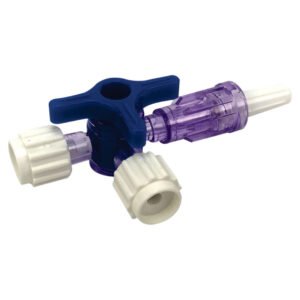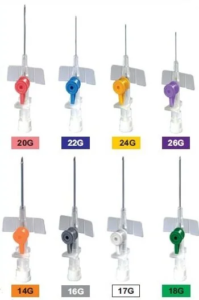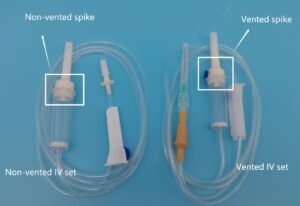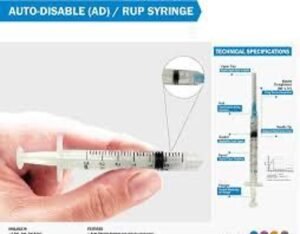Abstract
Objective:
To observe the clinical effect and safety of circumcision stapler in children with phimosis and redundant prepuce.
Methods: From July 2013 to July 2017, 40 children were prospectively randomized and assigned to experiment group (circumcision stapler n = 20) or control group (conventional circumcision, n = 20).
Outcomes were operation time, intraoperative blood loss and postoperative complications. Results: There was significant difference between the two groups for operation time (5.35 min vs 30.30 min, P < 0.05) and intraoperative blood loss (2.56 ml vs 10.40 ml, P < 0.05) respectively.
Conclusion: Circumcision staplers are superior to conventional circumcision for the advantages of shorter operation time and fewer blood losses.
1. Introduction:
Phimosis and redundant prepuce are common conditions with an incidence of 8% in boys aged 4 – 7 years.
The benefits of circumcision were highlighted, including a reduced risk of penile cancer and a decreased risk of human immunodeficiency virus infection.
The traditional circumcision as a golden standard surgery is widely performed. Unfortunately, it still has such disadvantages including adverse complications, inevitably suturing the incision, and cumbersome surgical procedure.
Clinically, the circumcision stapler is widely used across the globe for circumcision in adults and is associated with the advantages of a short operating time, an obvious effect and few complications.
Therefore, this trial was to assess the clinical effect and safety of circumcision stapler in children with phimosis and redundant prepuce.
2. Materials and Methods
From July 2013 to July 2017, children with phimosis and redundant prepuces were recruited and assigned to the experimental group (circumcision stapler) or control group (traditional circumcision) in the department of surgery, the second people’s hospital of Baiyun district.
All patients’ guardians agreed to the treatment and signed informed consent before injection. The local ethics committees approved the study.
A single well-trained and experienced urologist performed all procedures in the operating room. Participants were cleansed with povidone iodine solution and draped in a sterile manner.
Local anesthesia was administered to the dorsal penile nerve and penile ring blocks using 3 mg/kg of 1% lidocaine. The traditional circumcision procedure was standardized according to the standard procedure.
Circumcision stapler (Wuhu SNNDA Medical Treatment Appliance Technology Co., LTD., Wuhu City, China) was performed as previously described.
Circumcision stapler consists of an inner and an outer ring, a silicone rubber gasket, and a fastener.
Penile diameter is first measured to determine the appropriate ring size. After anesthetic administration, the inner ring is placed around the penis to the level of the coronal sulcus. The foreskin is carefully everted over the inner ring.
The outer ring is placed over the inner ring to sandwich the foreskin. The outer ring is tightened over the inner ring, and the excess foreskin is excised using suture scissors.
Three to 5 slits are then made in the foreskin on the underside of the ring using a scalpel blade. These slits are needed to enable the skin to spread as healing occurs and allows cab expansion.
The ring is left in place for 1 to 2 weeks and removed at a follow-up visit. The outcome included operative time and intraoperative blood loss. Operative time was measured from when the effects of the local anesthesia took effect until the end of surgery.
Intraoperative blood loss was estimated as follows: soaked 4 cm × 4 cm gauze had an average carrying capacity of 2.85 ml blood.
The t-test was used to compare operative duration and blood loss volume between the experimental group and control group.
A P value of 0.05 was considered statistically significant. Statistical analyses were performed with SPSS 13.0 software (SPSS, Inc., Chicago, IL).
3. Result
4. Discussion
Conclusion
To sum up, circumcision staplers are superior to conventional circumcision for the advantages of shorter operation time and fewer blood losses.
Preoperative evaluation, appropriate model size, appropriate inner layer of the foreskin and appropriate ring removal time were very important for children preformed circumcision staplers.
Conflicts of Interest
The authors declare no conflicts of interest.







